Why Not Rice?
In this area, wheat, corn and sorghum are commonplace. Why not rice?
Why not?
When I first read that Ben Faulk was growing rice in Vermont, I was inspired, but I got distracted (easily done on a farm) and all but forgot about it. Sean got inspired after reading about it, grabbed a shovel, reignited my interest and, voila, rice paddies were carved.
Newly established paddies, each overflowing into the other, with the bottom one overflowing into canals that weave through other beds.
This ag area is corn and wheat; I've never seen rice grown here, although I discovered that Virginia’s ancestors certainly did. In further exploration, the bounty per acre of rice is far greater than wheat, not to mention that growing rice has very few challenges. Since "starting small" is mandatory, we dug three small paddies, let piglets seal them, planted sudangrass early, which was chopped/dropped as the mulch, and transplanted the young rice. We seeded the rice in a greenhouse in February, transplanted it into the paddies in May and harvested in early September. Virginia has a fairly short season for rice, so we only experimented with short grain and quinoa. Since you keep a bit of water (not much!) in the base of the paddy, weeds are suppressed, and once the rice gets settled in and growing, not much can compete. The paddies never had to be weeded nor tended other than to irrigate in late summer when we hit drought season.


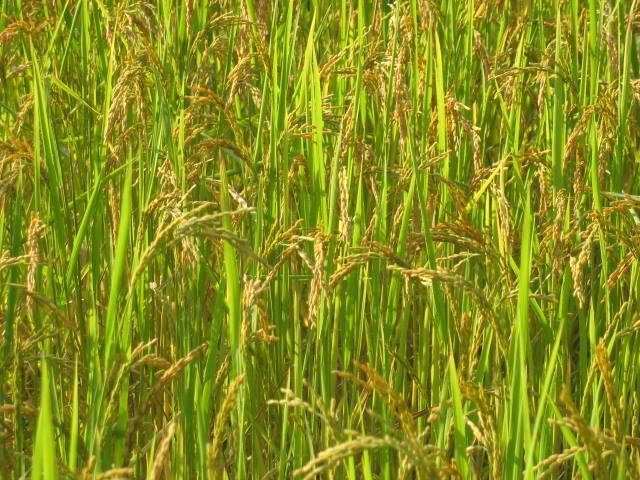
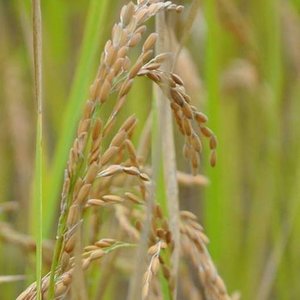
During the time just prior to harvesting, I was reading about desert planting practices. I found many articles on sunken beds in arid places. This made perfect sense to me: soil temperature would be cooler within a concave bed vs. a convex bed, evaporation would also be lessened, therefore, plants wouldn't be stressed and should thrive by comparison. It made perfect sense that once the rice was harvested, their stalks chopped and used as mulch elsewhere, that we'd convert these paddies to sunken grow-beds. We hilled up some small rows inside each paddy, planted cold crops for the fall, harvested, and just for fun seeded again in early December. The most interesting realization for me was the lettuces and greens that we planted just before winter set in sprouted, grew, and surprisingly without any row cover etc., were unharmed by snow as well as temperatures as low as two degrees. That was beyond any expectation I could imagine. Granted, I wouldn't say that they thrived, but we completely lost greens in an unheated greenhouse and not one plant outside in a sunken bed.
Quinoa
We just reestablished these beds back to their proper paddy form, pulling up the excess soil and added it on the paddy's bumpers. Potatoes will be planted in those surrounding bumpers this spring. Incredible success! Sudan grass with great seed heads for fodder, stalks for a deep mulch, an abundance of rice, followed by a great harvest of greens and brassicas, soon to include potatoes and another round of rice.
As a side note, we believe that we can easily get in two full crops of quinoa since we started the quinoa seeds at the same time as the rice, transplanted into separate paddies at the same time, but harvested 2.5 full months earlier. So this year, we will start a round of quinoa seeds and then start another round of seeds once the more mature quinoa is transplanted into the paddy.
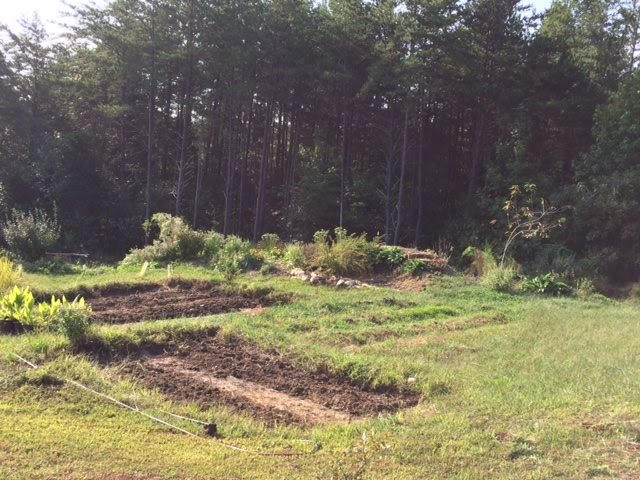
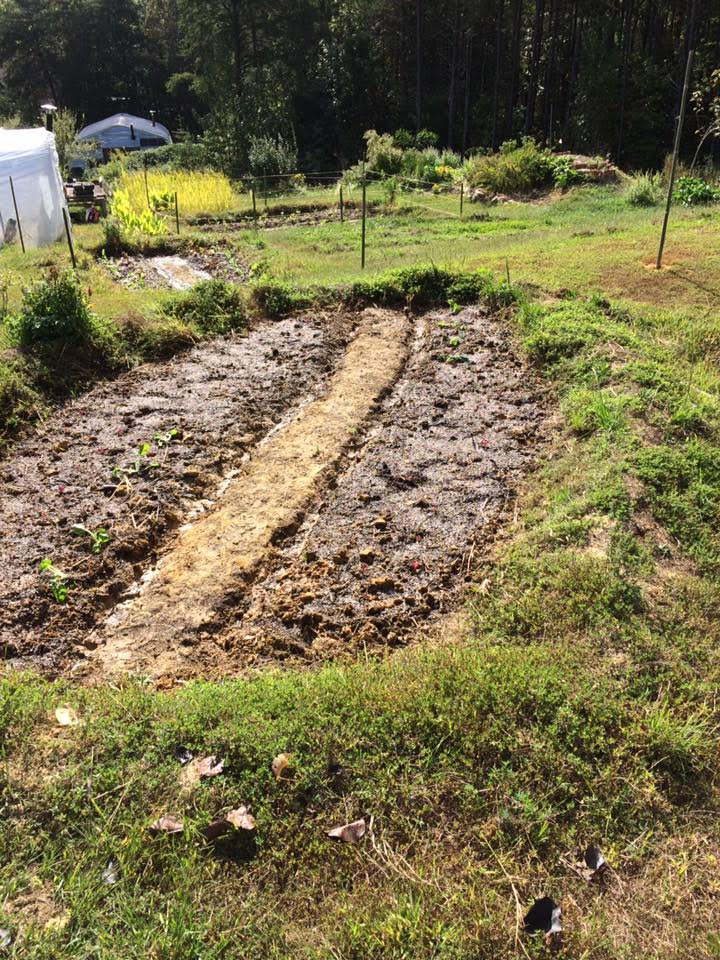
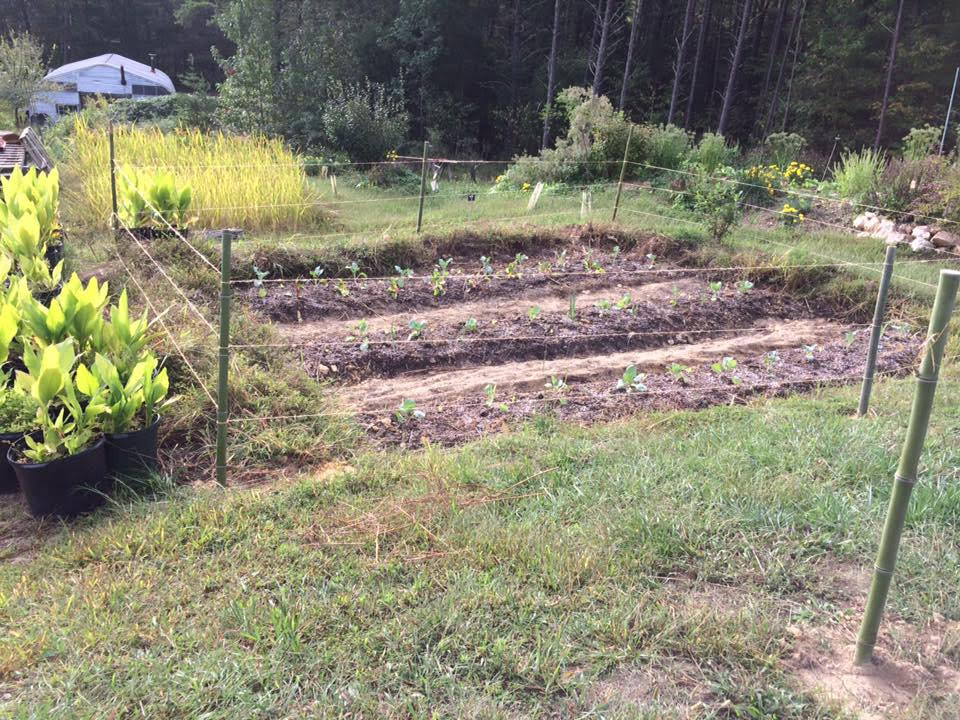
Update 2017
I've been concerned about this crazy weather, cool rainy August, a drought in Sept with record high temps and the list continues into October. 10 weeks without notable rainfall made us take stock in planting options used for centuries in dry and desert climates.
Our rice paddies are now empty so we're taking advantage of these beds that are below ground level and converted them into grow beds. Flood irrigation will work perfectly, evaporation lower and temps will fluctuate less. We'll keep you posted, but this technique is anything but new; it's been used for centuries in desert climates. It made for a very satisfying morning!


